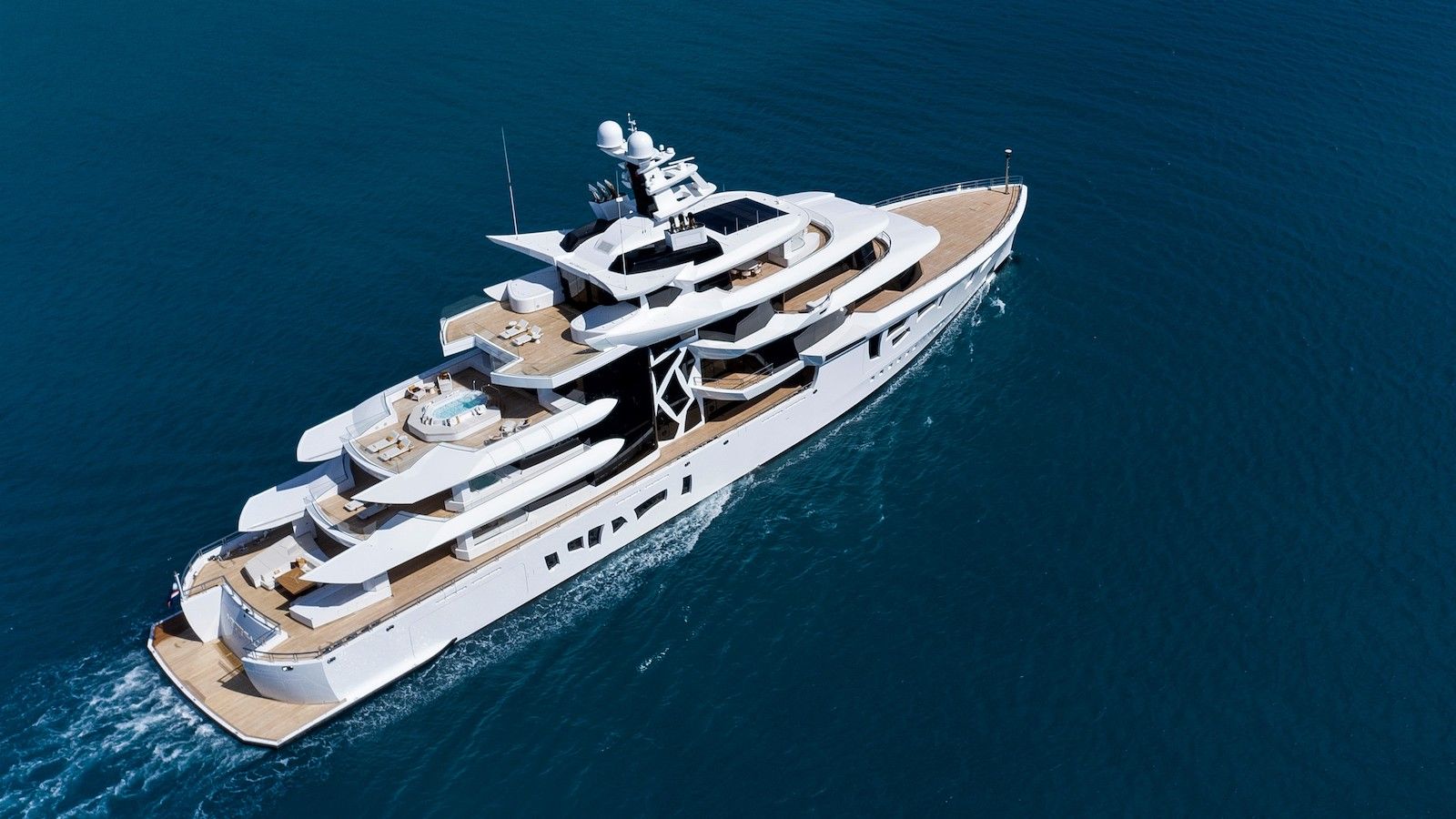In the world of Superyachts, the emergence of electric boats is a testament to the industry’s commitment to sustainability and progress. As we enter a future of eco-conscious yachting, join us to explore some of the pioneering electric boats that have shaped the industry.

Early Electric Endeavors
The concept of electric boats dates back to the late 19th century when inventors and engineers began experimenting with electric propulsion systems. One of the earliest recorded electric boats was the Le Téléphone, built in the 1880s by the French engineer, Gustave Trouvé.
Trouvé began this invention by working on a small electric motor developed by Siemens. Using the recently developed rechargeable battery, he fitted it to an English James Starley tricycle – inventing the world’s first electric vehicle. Although this was successfully tested on 19 April 1881 along the Rue Valois in central Paris, he was unable to patent it. Trouvé swiftly adapted his battery-powered motor to marine propulsion. To make it easy to carry his marine conversion to and from his workshop to the nearby River Seine, Trouvé made it portable and removable from the boat, thus inventing the outboard engine. In 1881, the 5m prototype, called Le Téléphone reached a speed of 1 m/s (3.6 km/h) going upstream, and at 2.5 m/s (9 km/h) downstream.
Nowadays, the Gustave Trouvé Awards for Excellence in Electric Boats and Boating recognise the inventors, designers, manufacturers, entrepreneurs and visionaries who are making advances every day to develop clean, zero emission technologies and designs, all to reduce reliance on fossil fuel for marine propulsion. ‘The Gussies’, as they are called, are the only international boating awards to focus exclusively on electric boats and boating.

Read more SYC: World’s First 100% Electric Superyacht Limousine Tender Sold
Modern Electric Superyachts
In 1982, the Electric Boat Association was formed and solar powered boats started to emerge.
Fast forward to the 21st century, and there has been a resurgence of electric boats in the Superyacht industry. Prominent yacht builders and designers are now incorporating electric propulsion systems into their creations. PlanetSolar, a solar-powered catamaran, gained international attention in 2012 by circumnavigating the globe entirely on solar energy, proving the feasibility of sustainable, electric-powered long-distance voyages.
To reduce friction and increase range, some boats and yachts use hydrofoils which is becoming an increasingly popular feature.

Environmental Responsibility & The Future Of Electric Superyachts
Electric propulsion systems provide near-silent operation, which eliminate the noise and vibration associated with traditional engines, creating a tranquil environment for passengers. As well as this, striving for electric boats to produce zero emissions would significantly reduce the carbon footprint of Superyachts and preserve the pristine marine ecosystems they explore.
Artefact, an early adopter of the International Maritime Organisation’s Tier III emissions regulations, incorporates advanced eco-friendly features. These include solar panels, a wastewater recycling system, and a substantial battery storage system, allowing the yacht to operate independently of internal combustion engines on occasion. Despite its substantial size (80m with a volume of 2,999 G), Artefact uses custom six-bladed propellers designed to minimize noise pollution and vibrations during sea travel. It also has a hybrid diesel-electric system, which incorporates lithium batteries which apparently achieves a 30% reduction in energy consumption and emissions.
As we examine the historic milestones of electric boats, it is clear that they are redefining the future of Superyachts. Yacht enthusiasts and eco-conscious owners are increasingly turning to electric boats as a sustainable and luxurious option with advancements in battery technology, too.

To keep up to date with the latest Superyacht Content News, click here.
Sign up to our Newsletter below:










.gif)
.gif)







